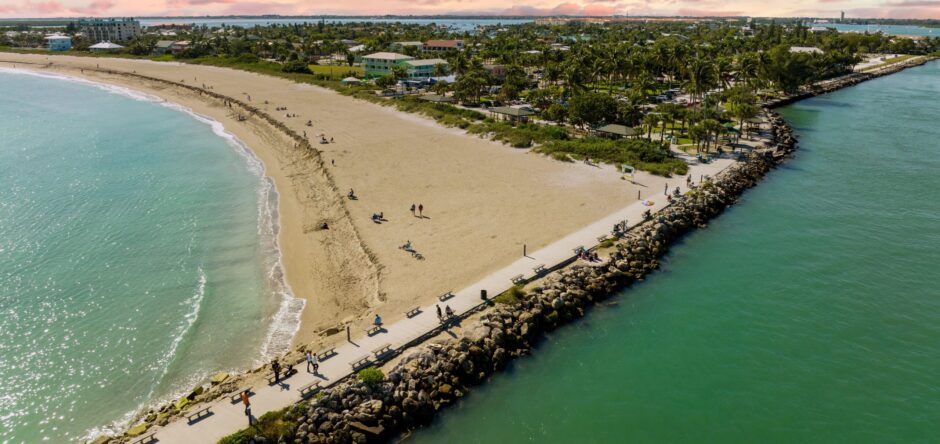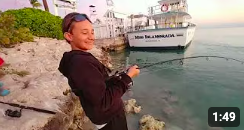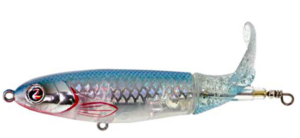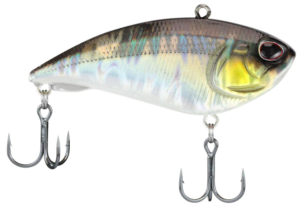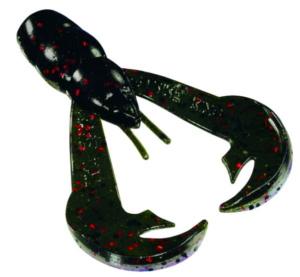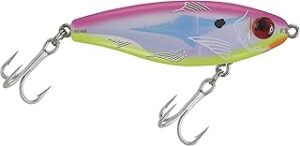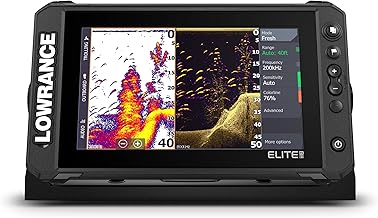Shark Fishing in Fort Pierce, Florida
Shark fishing is a popular year-round activity in Fort Pierce, with blacktip, spinner, bull, nurse, and hammerhead sharks all available depending on the season. Sharks can be caught from the surf, in the inlet, or offshore around reefs and bait schools. They offer big fights and memorable catches for all experience levels.
Where to Catch Sharks
Sharks are often caught:
From the surf along Fort Pierce beaches
In the inlet and near the jetties
Around bait pods offshore or nearshore
On wrecks and reefs in 40–150 feet of water
Best Time to Fish for Sharks
| Season | Shark Activity |
|---|---|
| Winter | Blacktip and spinner sharks follow bait |
| Spring | Great action in the surf and nearshore |
| Summer | Bull and hammerhead sharks more common |
| Fall | Good bite continues with bait migrations |
Peak Season: February through June
Tackle & Tips
Lures: Rarely used — sharks are mostly caught on bait
Bait: Fresh cut bait like bonita, mullet, or jack
Leaders: 100–150 lb wire or heavy mono
Gear: Heavy spinning or conventional tackle with strong drag
